#ming paintings
Text
Rare Portraits Depicting Hanfu Worn with Right Over Left Lapel Closing (左衽).

Thirteenth Ancestor Portrait from Portrait Album of Wu’s Ancestors 吳氏先祖容像十三. Ni Renji. Painted sometime between the late Ming Dynasty and early Qing Dynasty during the artist’s life (1607-1685). Yiwu Museum, Zhejiang, China [image source].
For the Han, the left lapel was considered Yang and the right one Yin and, thus, living people placed the left lapel over the right one to symbolize Yang (life) covering Yin (death). That’s why only dead people had their right lapel over their left. In the case of the dead, Yin (death; right lapel) overtook Yang (life; left lapel). Moreover, the left over right lapel (右衽) served as an ethnic distinction for the Han.
However, not all living Han people followed this tradition and there are documented cases of them wearing their hanfu with the right lapel over the left one.
There are exceptions in which living Han Chinese would wear clothing with a zuoren closure. For example, in some areas (such as Northern Hebei) in the 10th century, some ethnic Han Chinese could be found wearing left-lapel clothing. It was also common for the Han Chinese women to adopt left lapel under the reign of foreign nationalities, such as in the such as in the Yuan dynasty. The practice of wearing the zuoren also continued in some areas of the Ming dynasty despite being a Han Chinese-ruled dynasty which is an atypical feature.
Wikipedia, Garment collars in Hanfu
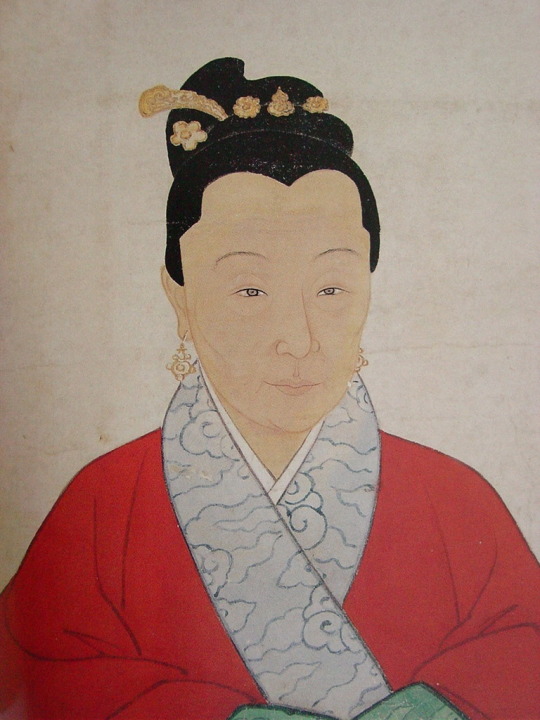
Fifth Ancestor Portrait from Portrait Album of Wu’s Ancestors 吳氏先祖容像五. Ni Renji. Painted sometime between the late Ming Dynasty and early Qing Dynasty during the artist’s life (1607-1685). Yiwu Museum, Zhejiang, China [image source].
Other non-Han ethnicities, such as the Khitans and Xianbei, would preserve their 左衽 tradition even after adopting hanfu. It’s possible for these women (and its mostly women wearing hanfu depicted with 左衽) to be non-Han in origin or are Han but came from areas where 左衽 was still practiced due to non-Han ethnic influence. I remember reading somewhere that, South of the Yangtze, certain Han women wore their hanfu in both styles.
Since almost all of the portraits below are ancestor portraits and there are plenty of those where the women and men wear 右衽 despite being dead at the time of painting, it’s unlikely that the 左衽 depicted is meant to indicate that the woman is dead.
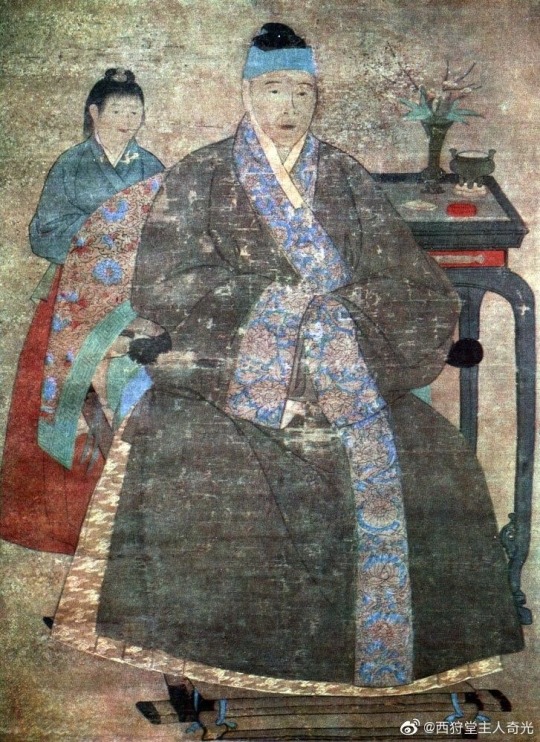
Portrait of the wife of a dignitary with maid by Chow Ying. Scroll. Painting on silk. 16th century. Moscow State Museum of Oriental Art [image source].

Portrait of Father Zhang Jimin and Mother Zhao. Unknown artist. Ming or Qing dynasty, Late Ming or early Qing dynasty (17th century or later). Hanging scroll. Ink and colors on silk. Arthur M. Sackler Gallery. National Museum of Asian Art, Smithsonian Institution [image source].

Ancestor Portrait of a Court Lady. Possibly Ming Dynasty. Unknown artist. Hanging scroll (laid down on panel), ink and color on silk. The Nelson-Atkins Museum of Art [image source].
Notice how, even the maid in the background above, has 左衽.

Possible Portrait of Ancestor with maid. Unknown Artist. Possibly Ming Dynasty [image source].
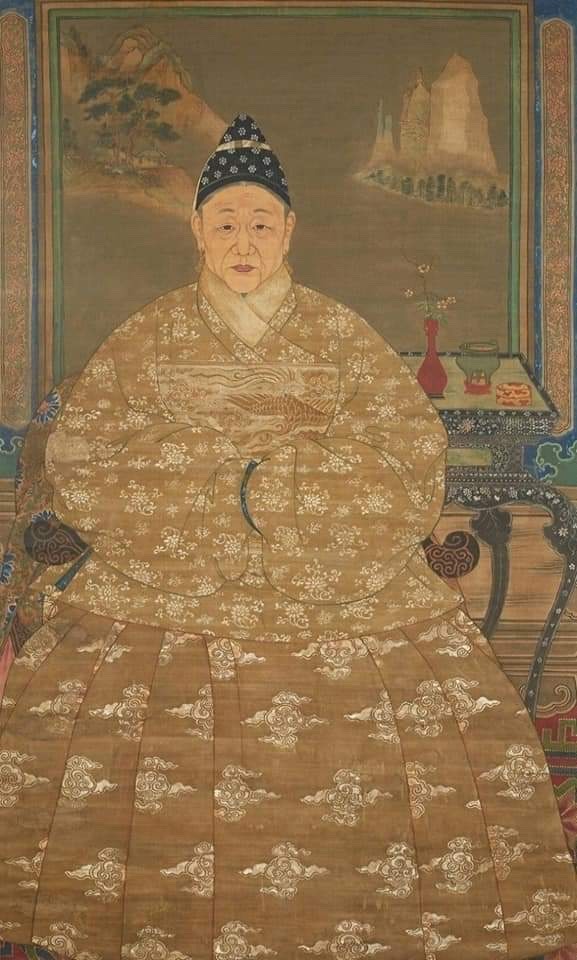
Ancestor Portrait. Unknown artist. Late 19th century. Qing Dynasty. Auguttes Auction House. [image source].
Note: Be careful when dating ancestor portraits. Many were painted posthumously and could depict ancestors from multiple previous generations. Just because the figures are seen wearing a dynasty’s distinctive clothing, does not necessarily mean that it was painted then. Some Qing Dynasty ancestor portraits depict ancestors from the Ming Dynasty and, thus, artists painted the figures with Ming clothing.
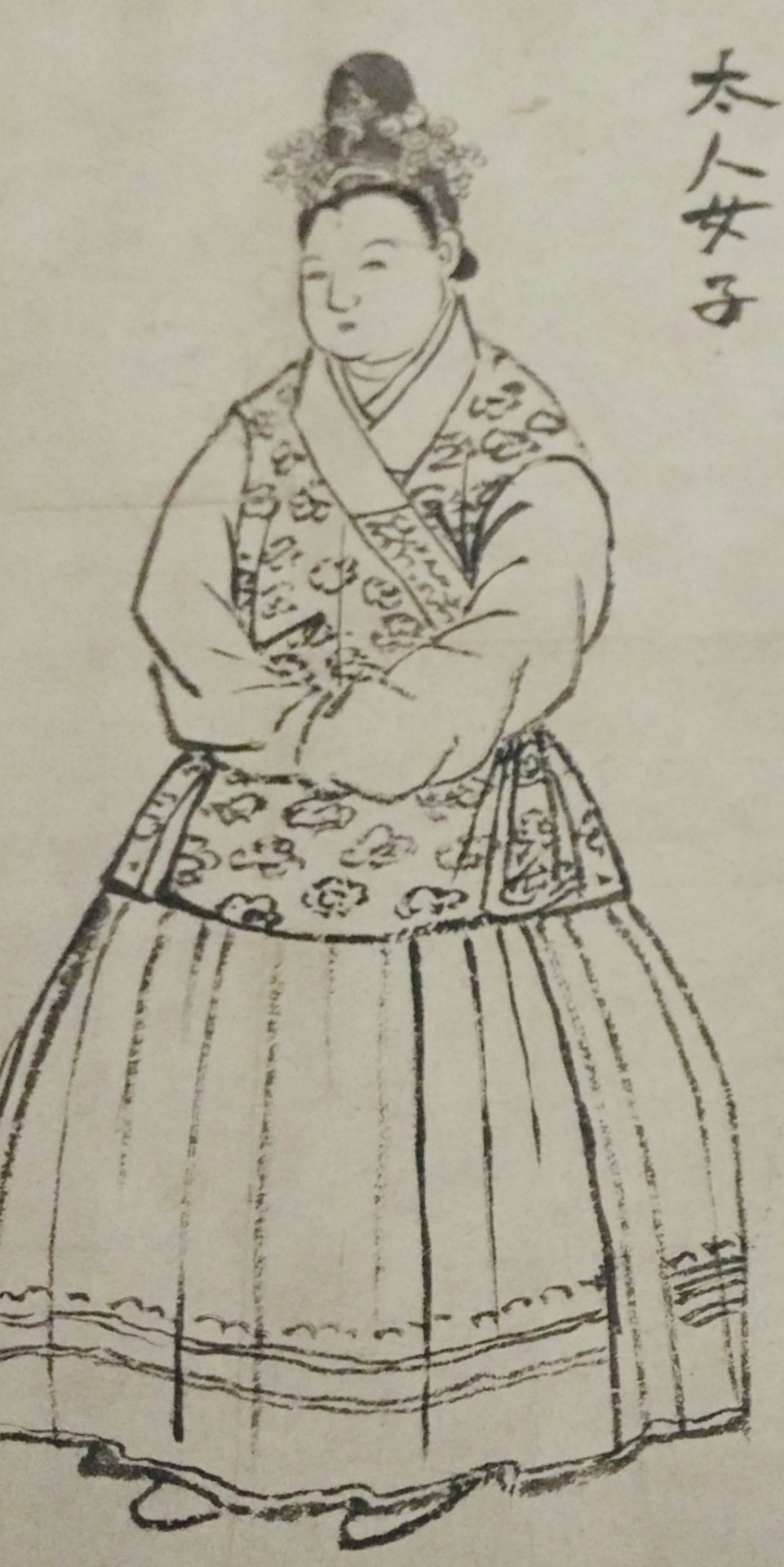

Images portraying hanfu in the Ming Dynasty with 左衽 drawn by Sesshu Toyo (1420 - 1506 CE), a Japanese monk who visited China between 1467 to 1469. Ink on paper [image source].
More portraits with 左衽 and modern recreation:
#chinese history#chinese culture#ming dynasty#ancestor portraits#右左衽#hanfu#ming paintings#ming portraits
128 notes
·
View notes
Text
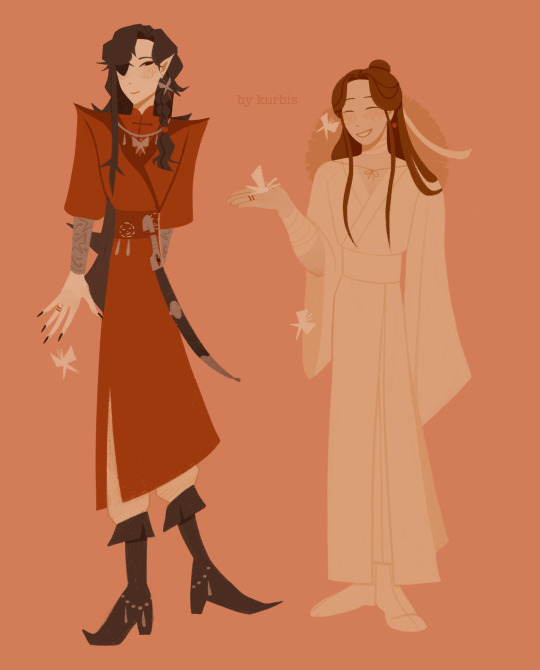
I don’t forget I’m from tgcf community
#art#digital illustration#digital art#digital drawing#digital painting#character#character art#digital aritst#fanart#original art#tgcf#tian guan ci fu#heaven official's blessing#hua cheng#hualian#xie lian#butterfly#e ming
738 notes
·
View notes
Text

Hu Ming - Cleaning Day People's Liberation Army
313 notes
·
View notes
Text

Baby :3
#spoofio's art#digital art#digital drawing#digital sketch#artists on tumblr#digital painting#clip studio paint#genshin impact#art#genshin#genshin gaming#gaming genshin#gaming#Ga-Ming#gaming genshin impact#baby boy my baby my sweet baby boy#Ga Ming#gaming cute#gaming x reader
266 notes
·
View notes
Text

River and Mountain Landscape, Xiang Shengmo (1597-1658)
#art#art history#Asian art#China#Chinese art#East Asia#East Asian art#Imperial China#Ming Dynasty#Xiang Shengmo#landscape#landscape painting#landscape art#rivers-and-mountains#hanging scroll#ink on paper#17th century art#Art Institute of Chicago
253 notes
·
View notes
Text
Lion Dancer 🦁
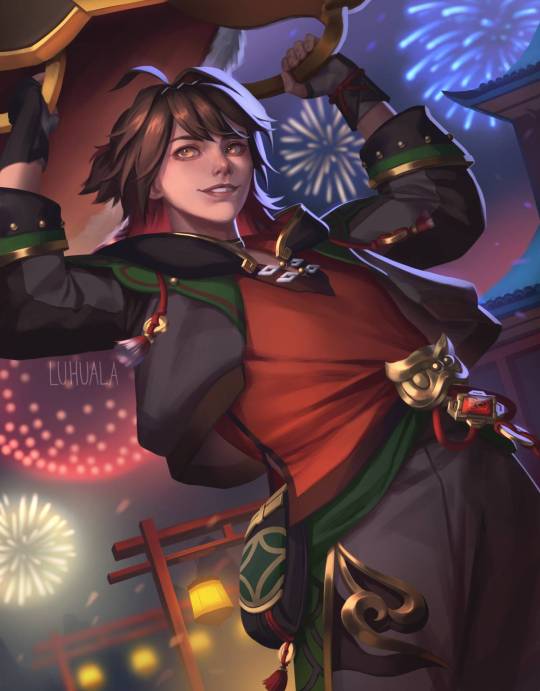
#gaming genshin#genshin gaming#ga ming#genshin#genshin impact fanart#genshin impact#genshin fanart#digital art#digital illustration#art#digital artwork#digital painting#fanart#illustration
236 notes
·
View notes
Text
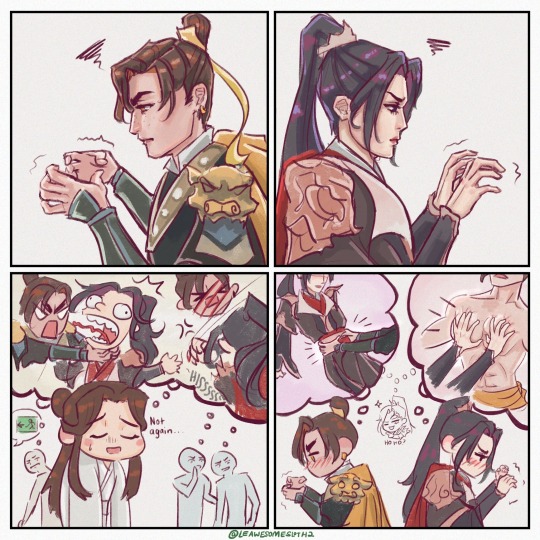
I don’t think I’ve posted this one here before! I just got reminded of this on that dying hell site Twt. It’s so cute so I wanna share again here ✨
#fengqing#mu qing#feng Xin#xie Lian#pei ming#tgcf#天官赐福#digital art#fanart#art farts#clip studio paint#comic#quite proud of this one!#okay so since that stupid website is dying I will try to reupload old works here#slowly#I don’t wanna lose all the archived art there CRIES#tian guan ci fu#heaven official's blessing
895 notes
·
View notes
Photo

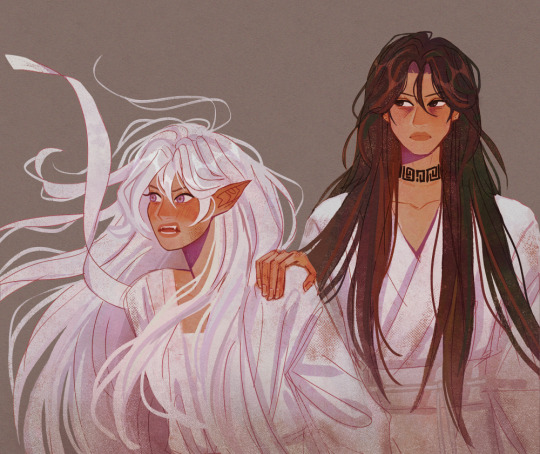

ruoye and e-ming (+when they were newborns)
#tgcf#updated my designs of them a little#best babies i love them dearly#ruoye#e-ming#xie lian#hua cheng#hualian#tgcf fanart#heaven official's blessing#heaven official's blessing fanart#tian guan ci fu#hualian fanart#wu ming#illo#illustration#digital art#clip studio paint
2K notes
·
View notes
Text

Hu Ming (Chinese, b. 1955)
Guess Who
Oil on canvas
181 notes
·
View notes
Photo
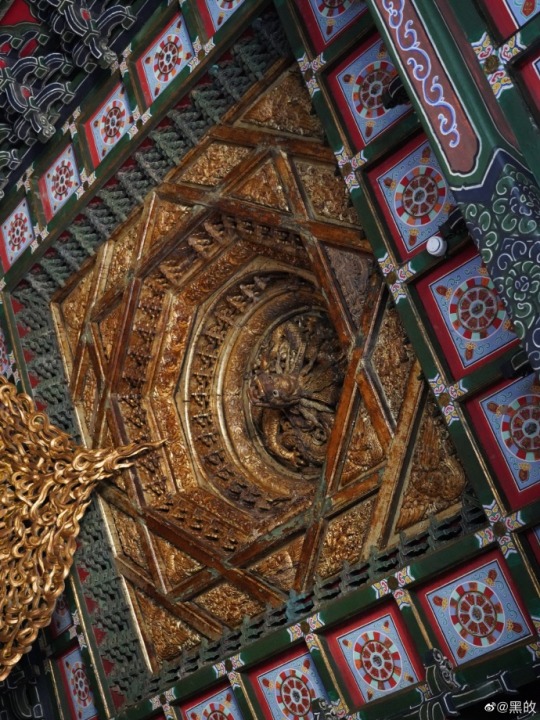
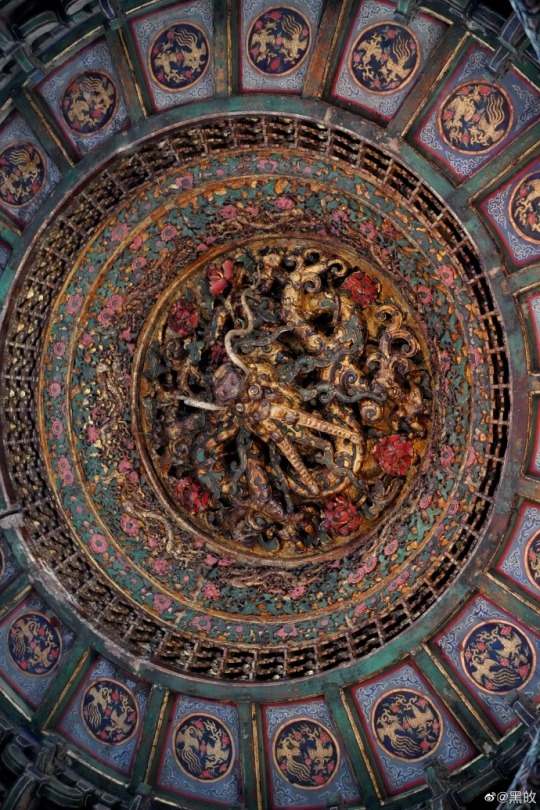


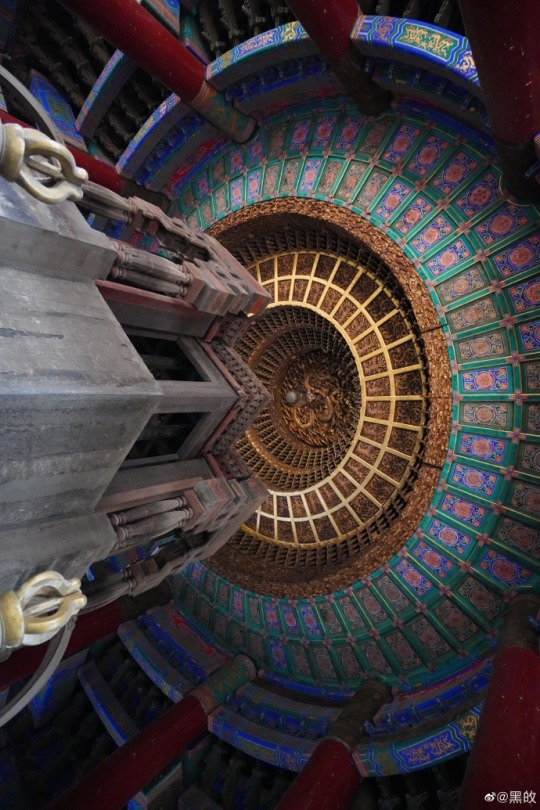
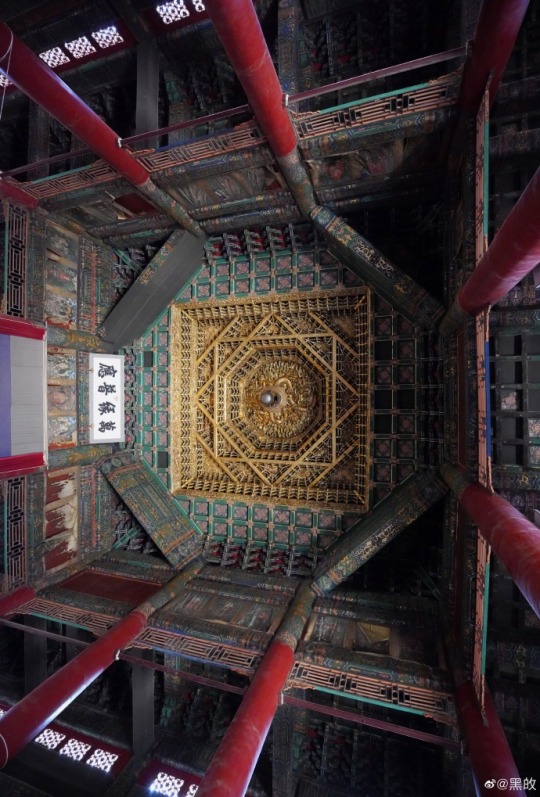
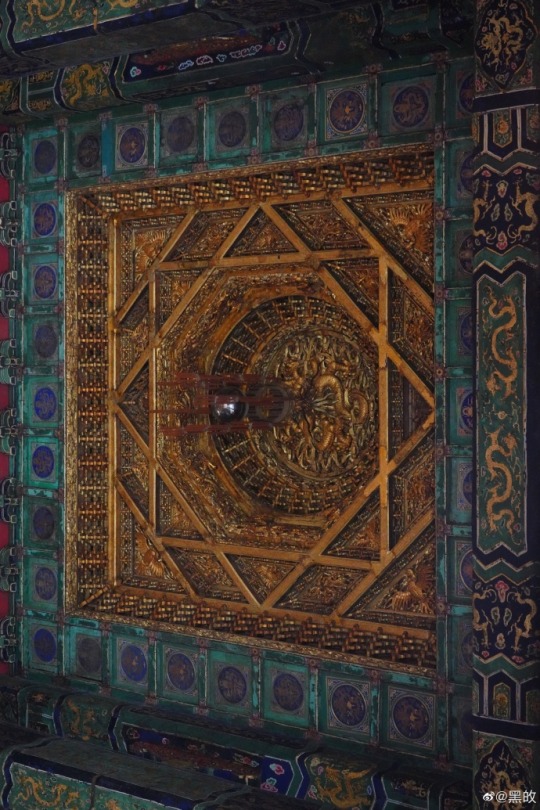



A few spectacular cosmological ceilings from various Chinese temples in Beijing and suburbs.
The dragon is a paradoxical emanation of the Supreme in Chinese traditional aesthetics, accumulated over millennia. Therefore, it is natural that in the temple microcosm, a zenith point is assigned to him.
Photo: ©黑敀
#ancient china#chinese culture#chinese architecture#ming dynasty#ming#qing dynasty#qing#wooden architecture#wooden buildings#old china#taoism#taoist#buddhism#buddhist#chinese folk religion#chinese temple#ceiling#painted ceiling#temple ceiling#religious art#temple architecture#dragon#dragon art
386 notes
·
View notes
Text
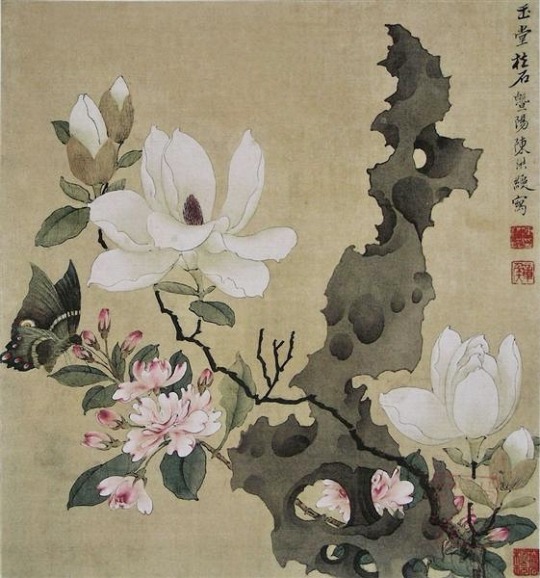
Chen Hongshou
Magnolia and Erect Rock
16th/17th century
#Chen Hongshou#chinese artist#chinese art#asian art#floral#flowers#floral art#floral print#floral painting#magnolia#flowers in art#ming dynasty#chinese painting#Chinese painter#art history#aesthetictumblr#tumblraesthetic#tumblrpic#tumblrpictures#tumblr art#aesthetic#beauty
41 notes
·
View notes
Photo
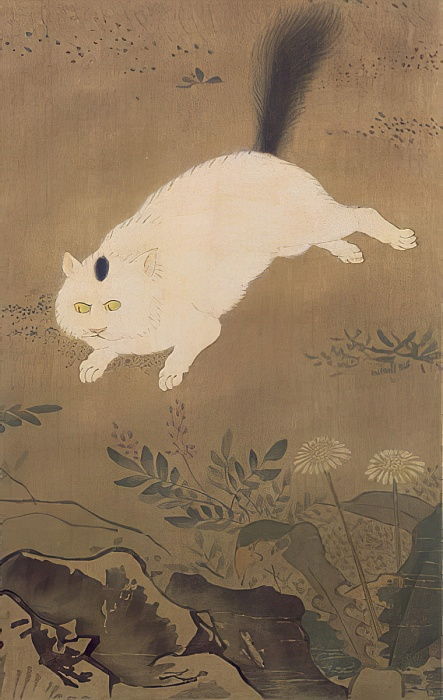
A White Cat, illustration from The Kokka magazine, published in Japan, 1896-7 by Lu Ji
#Lu Ji#white cat#cat#illustration#the kokka magazine#magazine#the kokka#japan#japanese#katze#animal#asian#ming#chinese#asian art#asian culture#painting
45 notes
·
View notes
Text

GaMing🦁
#genshin impact#gaming genshin#ga ming#GaMing#digital art#my art#artists on tumblr#art#drawing#fanart#genshin fanart#digital painting#doodle#ga ming fanart#gaming#ga ming genshin
38 notes
·
View notes
Text
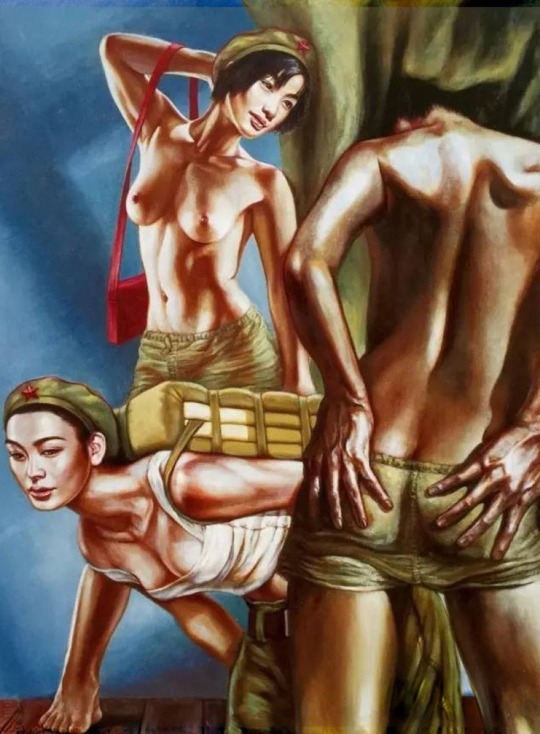
Hu Ming - Serve the People
450 notes
·
View notes
Photo



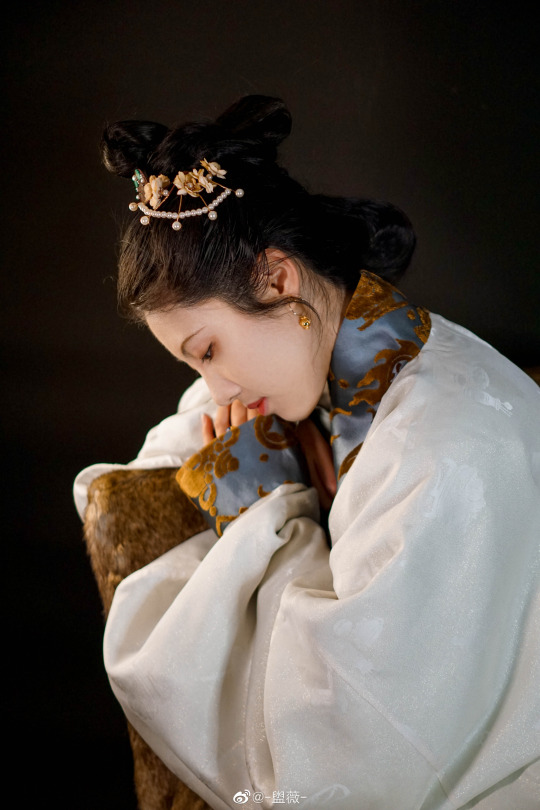

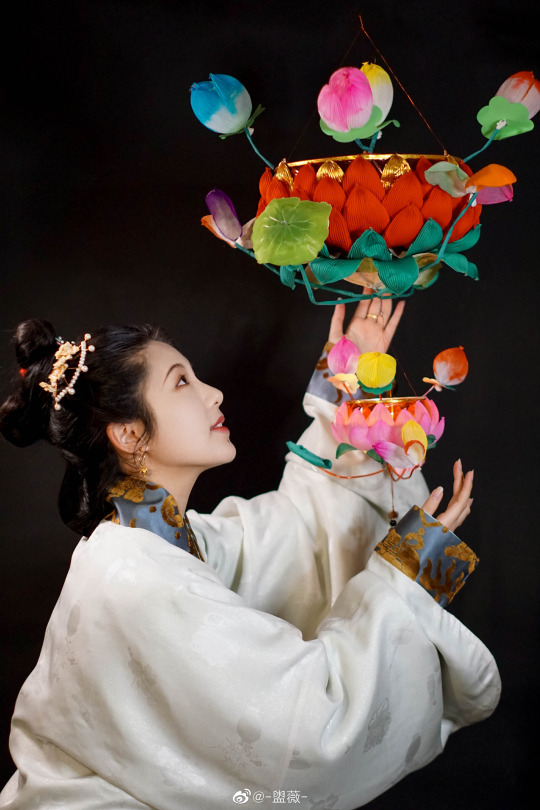
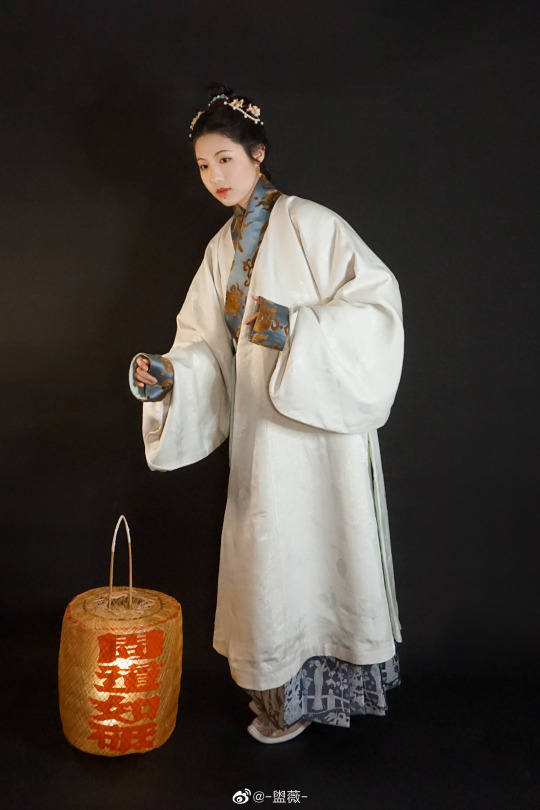

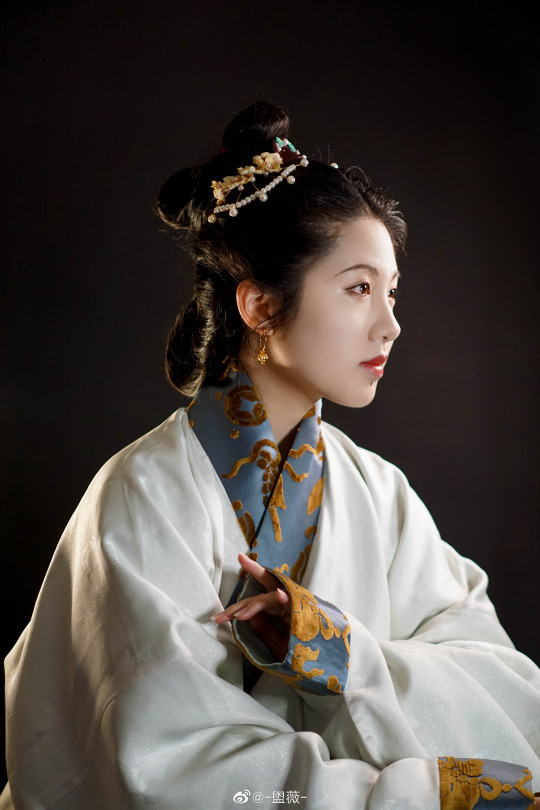
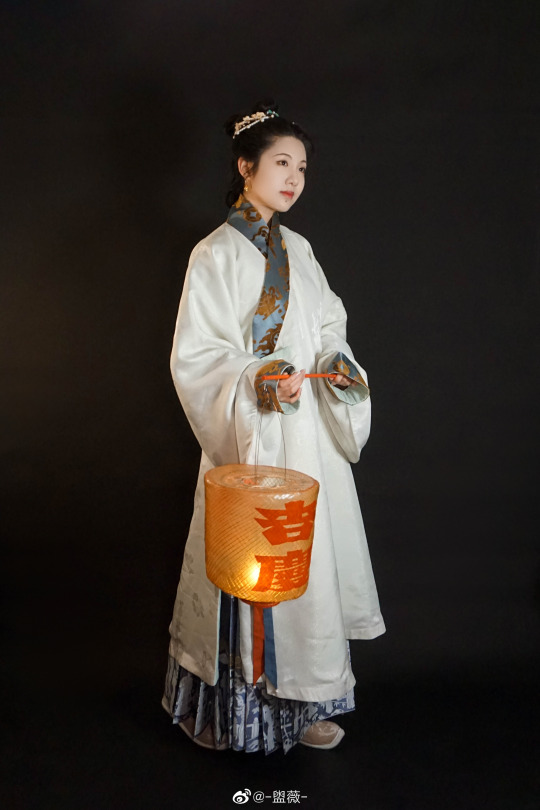
[Hanfu · 汉服]Chinese Ming Dynasty Wanli period (1573–1620 AD) Traditional Clothing Hanfu & Hairstyle Based On Ming Wanli period woodblock print painting
_______
Recreation Work:@-盥薇-
👗 Hanfu,Purse:@YUNJIN云今
🔗微博:https://weibo.com/3942003133/MrAxG2Q0q
_______
【About the Hairstyle 鬃髻(Zōng jì)】
The 鬃髻(Zōng jì) is one of the traditional Han ethnic woman hairstyles. It lasted from the Ming Dynasty to the end of the Qing Dynasty, and it still exists among Hakka(客家) elderly women.
We can see this hairstyle in the painting "《李端端图》" by Tang Yin(唐寅), a painter of the Ming Dynasty.Collection of Nanjing Museum
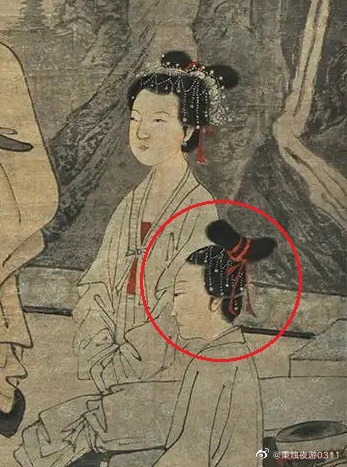
The 鬃髻(Zōng jì) can be matched with other hairstyles,like below:
Peony Head (牡丹头)+鬃髻(Zōng jì),
Ming Dynasty Green-glazed female pottery figurines,Collection of Guangdong Museum
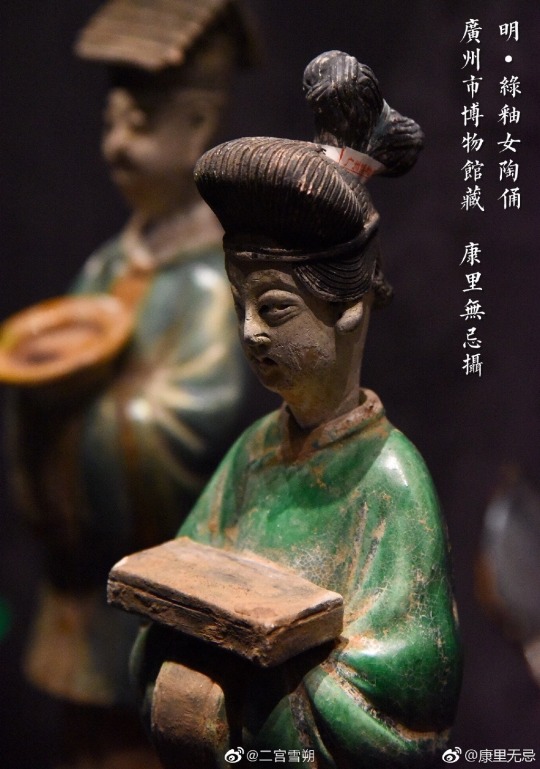
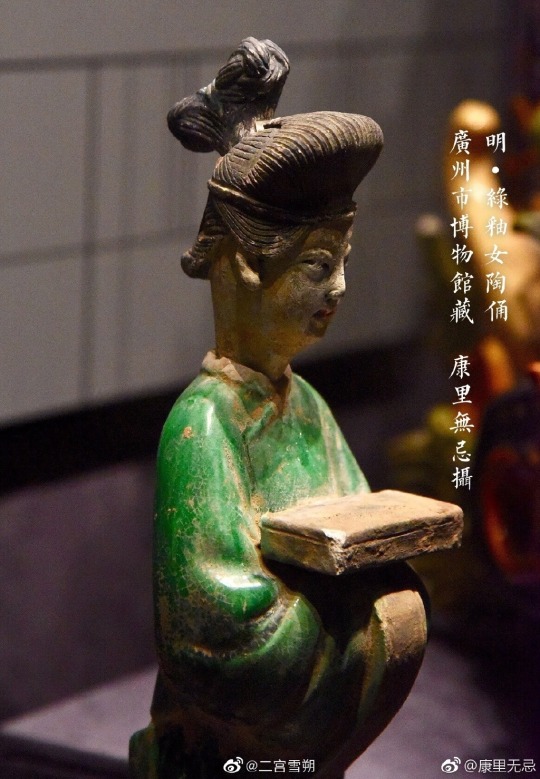
Ming Dynasty Colored Sculpture of Jellyfish Building in Jinci Temple/晋祠水母楼明代彩塑
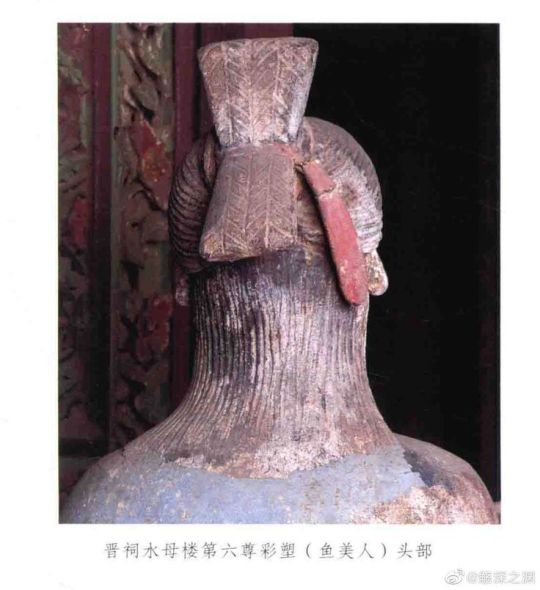
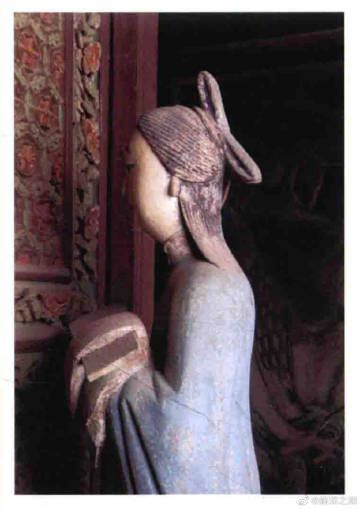
Qing Dynasty 鬃髻(Zōng jì),Qing Dynasty figurines
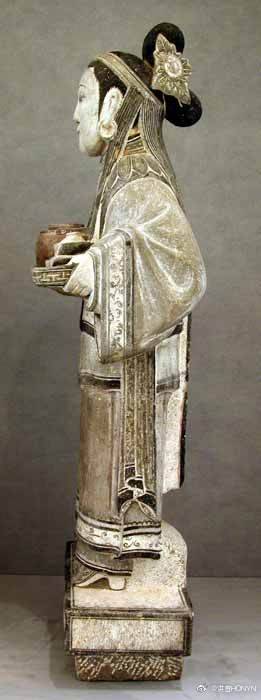
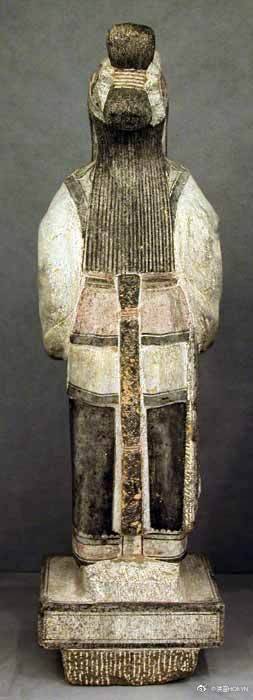
The Hakka(客家) ’s 鬃髻(Zōng jì) is divided into: 三把头(Sān bǎtóu) and 两把头 Liǎng bǎtóu)
For the most typical 三把头(Sān bǎtóu) , it divides the hair into three layers: upper, middle and lower. The part of the hair from the front of the forehead to the top of the head is called "门股(Mén gǔ)", and 门股 is divided into three parts: left, middle and right.Generally, some wigs are placed on the hair or combed the hair in reverse way to make it look fluffy.So from the front, it will have a very “full” effect of hair.
The 三把头(Sān bǎtóu) with 鬃髻(Zōng jì) of Hakka women in old photos
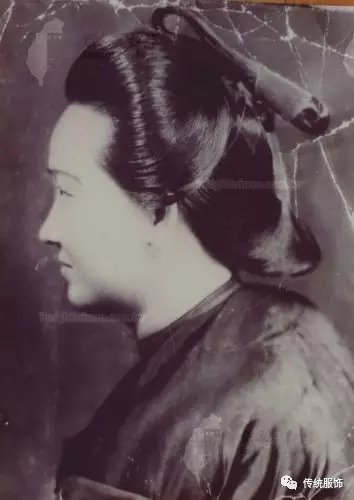

The part below the 三把头 (Sān bǎtóu) is generally called "髻尾". The upper, middle and lower parts of the hair will eventually tied together.
↓Schematic diagram in the book "Discussion on Liudui Hakka Traditional Clothing《六堆客家传统衣饰的探讨》"
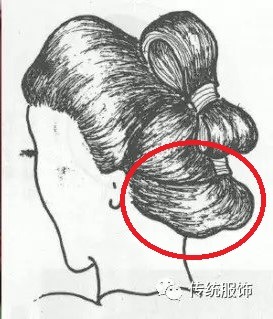
Hakka(客家) ’s 鬃髻(Zōng jì) :两把头 (Liǎng bǎtóu)
The :两把头 Liǎng bǎtóu) is the 三把头 (Sān bǎtóu) that simplifies the part of the "髻尾(The lower part)" , and divides the hair into two part,which is "门股(Mén gǔ)" and the "髻尾(The lower part).
※Some information says that 两把头 (Liǎng bǎtóu) are unmarried woman hairstyle and 三把头 (Sān bǎtóu) are married woman hairstyle, but this is not the case when looking at the photos

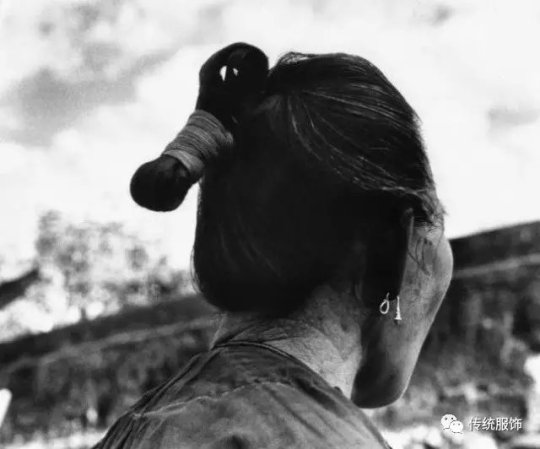

Lastly,Twho are familiar with Japanese culture may notice that above hairstyles are look similar to some hairstyles in Japan call 島田髷.But the method of divide the hair into sections, the way that make the sideburns and the shape after tied the hair together make it to a difference effect from china.
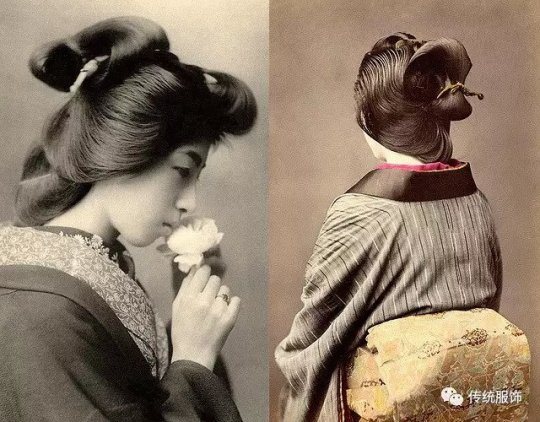
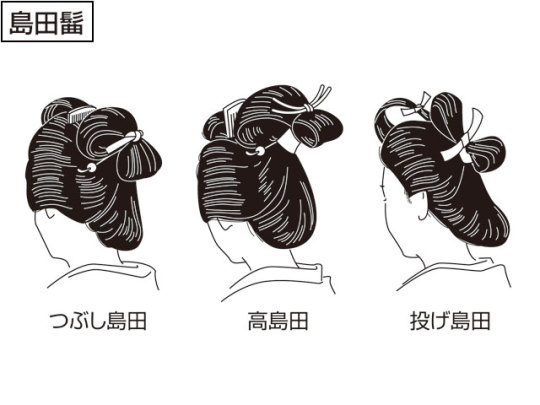
According 日本大百科全書(ニッポニカ),Japan's 島田髷 hairstyle is beginning from the 16th century of Edo period, while the China is also on late Ming period(※usually refers to from the beginning of Wanli (1573) to the end of Chongzhen (1644)).
Not sure if there is a connection between the japan and china. I will update if there is more information.
(Please correct me if I'm wrong🙏)
#Chinese Hanfu#Ming Dynasty#Wanli period (1573–1620 AD)#hanfu#Ming Wanli period woodblock print painting#hanfu history#chinese historical fashion#chinese historical hairstyle#chinese history#chinese traditional clothing#鬃髻(Zōng jì)#两把头 (Liǎng bǎtóu)#三把头 (Sān bǎtóu)#China#Japan#島田髷#Hakka(客家)#Qing Dynasty#recreation#chinese art#-盥薇-#YUNJIN云今#Peony Head (牡丹头)
224 notes
·
View notes
Text
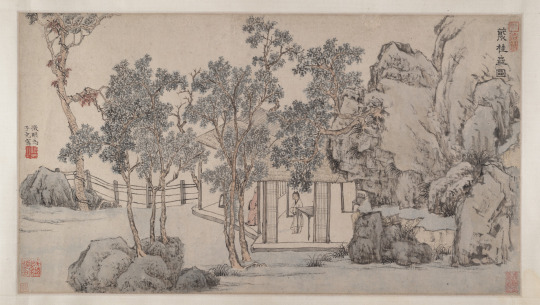
The Cassia Grove Studio (handscroll, ink and color on paper), Wen Zhengming, ca. 1532
#art#art history#Wen Zhengming#Asian art#China#Chinese art#East Asia#East Asian art#Imperial China#Ming Dynasty#landscape#landscape painting#landscape art#handscroll#ink and color on paper#16th century art#Metropolitan Museum of Art
35 notes
·
View notes